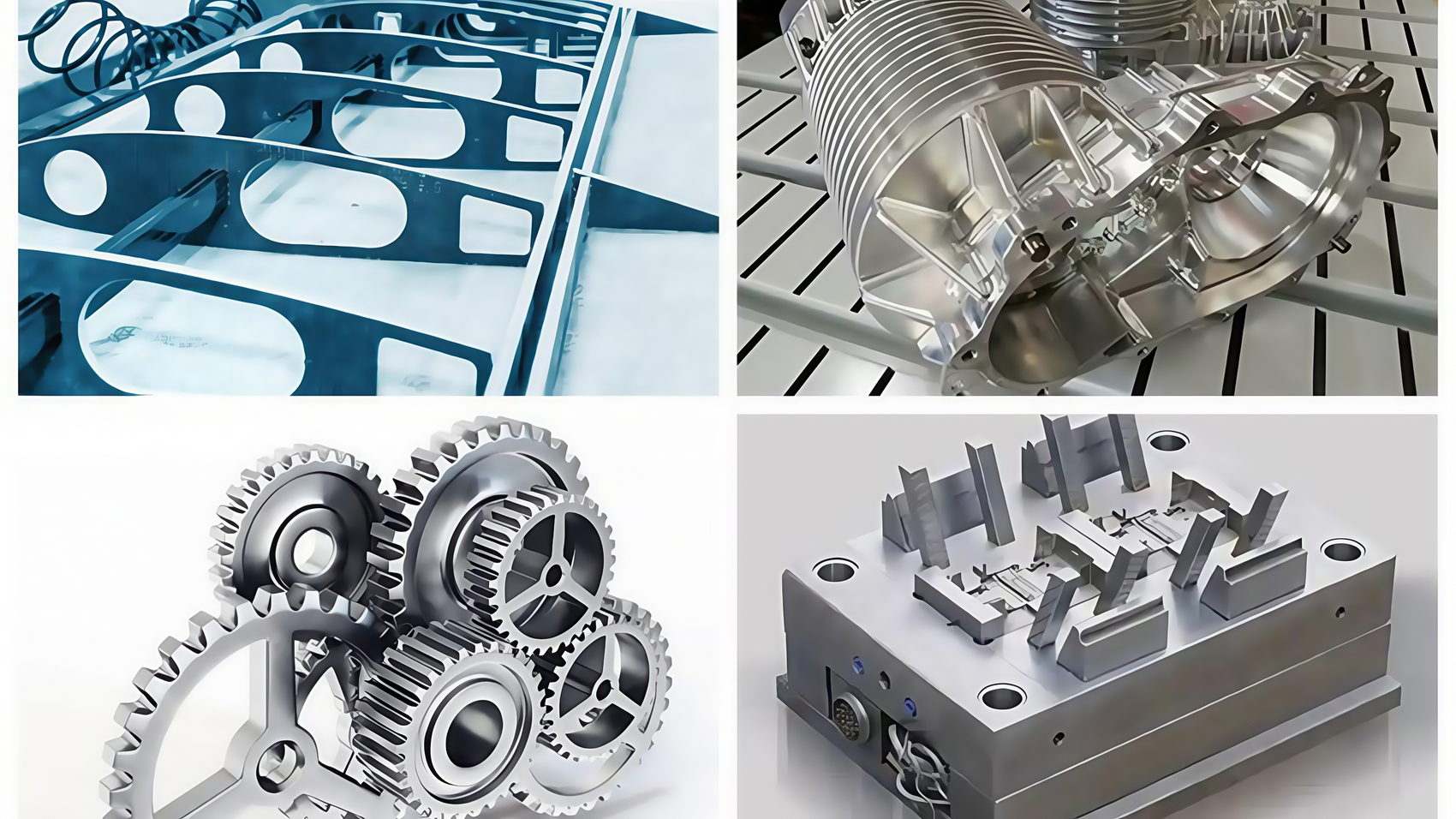Introduction
In the diverse world of aluminum alloy materials, 7075 aluminum alloy has become a crucial material choice in numerous fields due to its outstanding performance. Since its inception, 7075 aluminum alloy has continuously driven technological innovation and product upgrades in the industry, playing an indispensable role in modern industry and high - end manufacturing.
I. Composition and Characteristics of 7075 Aluminum Alloy
Composition
7075 aluminum alloy belongs to the Al - Zn - Mg - Cu super - hard aluminum alloy system. Its main alloying elements are zinc (Zn), magnesium (Mg), and copper (Cu). The typical composition ratio is as follows: zinc 5.1% - 6.1%, magnesium 2.1% - 2.9%, copper 1.2% - 2.0%, and it also contains a small amount of chromium (Cr) 0.18% - 0.28%, with the rest being aluminum (Al) and trace impurities. This carefully formulated alloy composition endows 7075 aluminum alloy with extremely excellent properties.
Mechanical Properties
- Ultra - High Strength: After T6 heat treatment, the tensile strength of 7075 aluminum alloy can reach above 520 MPa, and the yield strength is approximately 455 MPa. Such high strength enables it to withstand huge loads and perform outstandingly in application scenarios with strict requirements for structural strength. For example, in the aerospace field, 7075 aluminum alloy is often used to manufacture key load - bearing components of aircraft, such as the aircraft's beams and landing gear, ensuring that the aircraft can safely withstand various complex stresses during flight.
- Good Fatigue Strength: 7075 aluminum alloy has a high fatigue strength. It can maintain the integrity of the structure under repeated alternating loads and is not prone to fatigue fracture. This characteristic gives it obvious advantages in some applications that need to withstand dynamic loads for a long time, such as the suspension system components of automobiles and the axles of high - speed trains. It can effectively extend the service life of components and improve the reliability of equipment.
Physical Properties
- Low Density: The density of 7075 aluminum alloy is approximately 2.8 g/cm³. Compared with traditional metal materials such as steel, the density is significantly lower. The low - density characteristic enables the products manufactured from 7075 aluminum alloy to be significantly reduced in weight while ensuring structural strength. This has great advantages in industries sensitive to weight, such as aerospace and transportation. For example, when an aircraft uses 7075 aluminum alloy to manufacture some structural parts, it can effectively reduce the aircraft's own weight, improve fuel efficiency, and increase the flight range.
- Good Thermal Conductivity: Its thermal conductivity is about 130 - 150 W/(m·K), which can conduct heat well. In some occasions where heat dissipation is required, such as heat sinks for electronic devices and cooling components of engines, 7075 aluminum alloy can quickly dissipate heat, ensuring the normal operating temperature of the equipment and preventing performance degradation or damage due to overheating.
Corrosion Resistance
Although the corrosion resistance of 7075 aluminum alloy is slightly inferior to that of some rust - proof aluminum alloys, through appropriate surface treatment processes such as anodizing and painting, its corrosion resistance can be significantly improved. In a general atmospheric environment, 7075 aluminum alloy with surface treatment can maintain good appearance and performance for a long time. However, in harsh corrosion environments such as the ocean, more stringent protective measures are required to ensure its service life. For example, in shipbuilding, if 7075 aluminum alloy is used, it is usually combined with special anti - corrosion coatings and cathodic protection technologies to resist the erosion of seawater.
II. Processing Technologies of 7075 Aluminum Alloy
Hot Processing
- Forging: Forging is one of the commonly used hot - processing methods for 7075 aluminum alloy. By forging the heated 7075 aluminum alloy billet, its internal structure becomes more compact, and the grains are refined, thereby further improving the strength and toughness of the material. The forging process is suitable for manufacturing parts with relatively simple shapes and extremely high requirements for mechanical properties, such as the turbine disks of aircraft engines and the shaft - type parts of large - scale machinery. However, the forging process has high requirements for equipment, relatively high costs, and low production efficiency, and is suitable for the manufacture of small - batch, high - performance products.
- Extrusion: The extrusion process can process 7075 aluminum alloy into various profiles with complex cross - sectional shapes. The heated billet is placed in an extruder. Under strong pressure, the billet is extruded through a die with a specific shape to form the required profile. The 7075 aluminum alloy products formed by extrusion have high dimensional accuracy and surface quality and are widely used in the construction, industrial machinery, and other fields. For example,


